Reviewed by Melissa Arnold

Dave Dircks of Stony Brook loved sharing bedtime stories with his children when they were small. But the stories his kids liked the most were the ones Dircks dreamed up himself, with zany characters and subtle lessons.
As a professional illustrator and advertiser, Dircks, 56, has spent his career painting and drawing for other people. But in April, he published his own book for children, “Astronaut Arnie.” The timing is perfect as it ties in with the upcoming 50th anniversary of the moon landing.
The story follows Arnie as he sets out to visit Mars, only to fall asleep in his spaceship. When he wakes up, he’s shocked to learn he traveled farther than he planned — a lot farther. Paired with Dircks’ vibrant and detailed illustrations, the story is both educational and entertaining.
I recently had the opportunity to interview Dircks about his latest venture.
Did you always want to be an illustrator and writer?
It developed. There were seven kids in my family growing up, and our parents were so busy caring for us that we were responsible for our own entertainment. Many of us sought our own creative outlets, and I was often in the basement building things or drawing. I seemed to excel in math, music and art, so from a very young age I made friends and impressed teachers by drawing for them. That was the thing I did really well, and it was what made me come alive. I studied at the School of Visual Arts in Manhattan, which honed my skills in illustration.
Did you work in the field right away?
When I graduated college, I worked as a commercial illustrator doing book covers for Scholastic and other companies, as well as magazine illustrations. When I got married, we got pregnant right away and I needed to find a way to make enough money to support my family. I went into accounting for a while and made a good living, but eventually ended up in advertising and marketing. For 24 years I’ve owned my own agency, Dircks Associates in St. James, that’s more of a creative boutique.
When did you start to think about storytelling?
When my kids were young, my wife would always read to them and encourage me to do the same. But what I preferred to do was come up with my own stories, to turn out the lights and open up their imaginations.
Is that where Astronaut Arnie came from?
 At the time, he didn’t have a name, but I had a story about an astronaut that kept oversleeping on his journey to Mars. It was a way for me to teach them a bit about the solar system while still being funny and goofy, which my kids liked. Arnie has great ambition, but he’s also imperfect, and they really responded to that.
At the time, he didn’t have a name, but I had a story about an astronaut that kept oversleeping on his journey to Mars. It was a way for me to teach them a bit about the solar system while still being funny and goofy, which my kids liked. Arnie has great ambition, but he’s also imperfect, and they really responded to that.
Would you say that’s the message in this book?
Sure. It’s about having flaws, but learning to make the most of it instead of getting angry or upset. It also shares some basic facts about the planets and space in a way that’s engaging.
What made you want to develop this story into a book?
My brother, Rob Dircks, has written and published his own books. I illustrated a book of his called “Release the Sloth” which did pretty well, and then a children’s book called “Alphabert! An A-B-C Bedtime Adventure.” After that, my daughter Sam reminded me of the astronaut story and encouraged me to illustrate it. It was probably the most developed of all the stories I told my kids, and it was a favorite.
Rob ended up starting his own publishing company, called Goldfinch Publishing, and “Astronaut Arnie” was published through that.
Where did Arnie get his name?
I have a house in Vermont, and the guy who shovels the snow for me is named Arnie. He’s kind of bulky, with a big mustache and a very calm personality. He seemed to have a real peace within himself, and it inspired me. So the name and some elements of Arnie’s character come from a real person.
What’s the recommended age range for this book?
I’d say anywhere from 2 to 8 years old. I’ve enjoyed getting feedback from preschool classes. One school in Andover, Massachusetts, was read the book by their teacher, Mrs. Bagge. The students drew pictures of their favorite pages, and I sent them a video about the publishing process. It’s nice to have a little back-and-forth with my target audience.
How can we purchase your book?
“Astronaut Arnie” can be purchased at Book Revue, 313 New York Ave., Huntington, amazon.com or barnesandnoble.com.
What next for you?
My daughters have been lobbying for me to publish their second-favorite story, which is informally titled “The Princess and the White Carnation.” It’s about a princess who has no friends because her parents won’t let her leave the castle. But every morning, she wakes up to find a white carnation on the window sill. She saves them all, and then one day sneaks out with the flowers and gives them to children in the village. It should take about a year to make it into a book.
Dave Dircks is an author, illustrator and creative entrepreneur whose work has been featured in books, magazines, album art and advertising for over 30 years. In addition to commercial art, his paintings have been exhibited in New York City and his native Long Island. Visit his website at www.goldfinchpublishing.com/authors/dave-dircks.

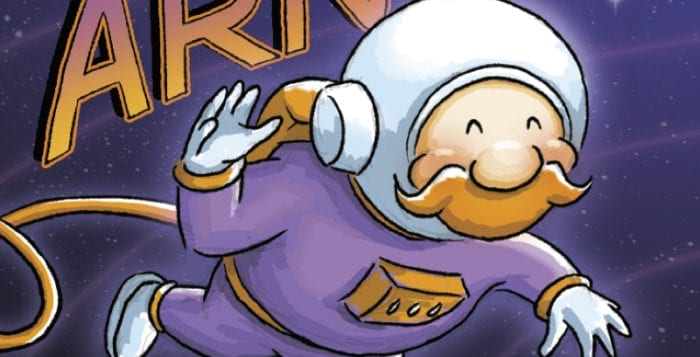
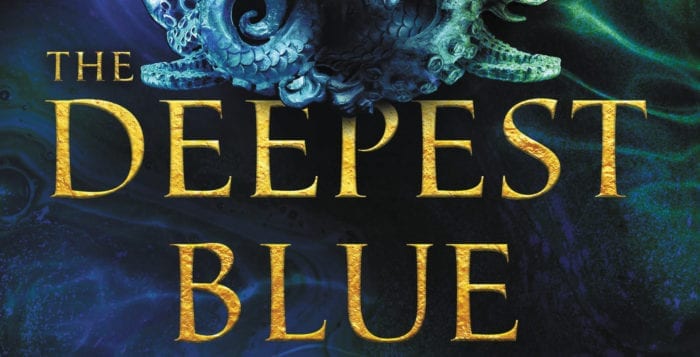

 Heirs “… were, in many ways, above the law. They were trained to fight threats to the islands. Trained to fight spirits …” It is the strongest women who need to become heirs, to fight the wildest and most dangerous of spirits. Whenever wild spirits are going to attack the islands, the queen becomes aware of their encroaching presence and sends the heirs to subdue them.
Heirs “… were, in many ways, above the law. They were trained to fight threats to the islands. Trained to fight spirits …” It is the strongest women who need to become heirs, to fight the wildest and most dangerous of spirits. Whenever wild spirits are going to attack the islands, the queen becomes aware of their encroaching presence and sends the heirs to subdue them.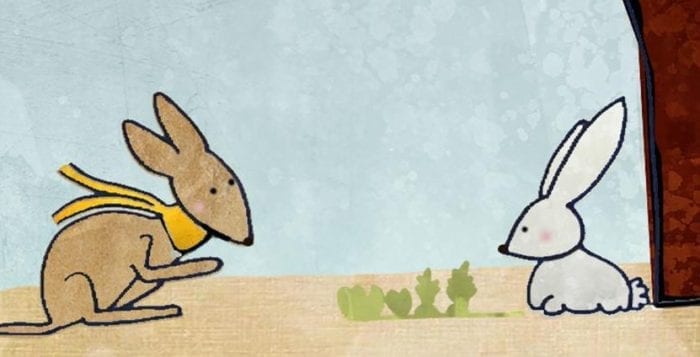
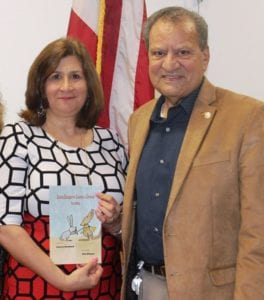
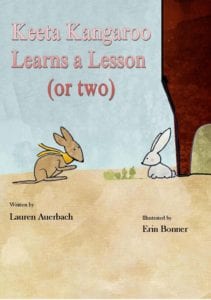 I’ve always had a dream of having a book published, and writing was always my strong point in my school years. Believe it or not, I actually wrote “Keeta Kangaroo” about 25 years ago. When I was a stay-at-home mom, I did take a few noncredit courses in children’s literature writing. That was always interesting to me. I learned some really valuable information not only about writing, but how to submit a story for publication.
I’ve always had a dream of having a book published, and writing was always my strong point in my school years. Believe it or not, I actually wrote “Keeta Kangaroo” about 25 years ago. When I was a stay-at-home mom, I did take a few noncredit courses in children’s literature writing. That was always interesting to me. I learned some really valuable information not only about writing, but how to submit a story for publication.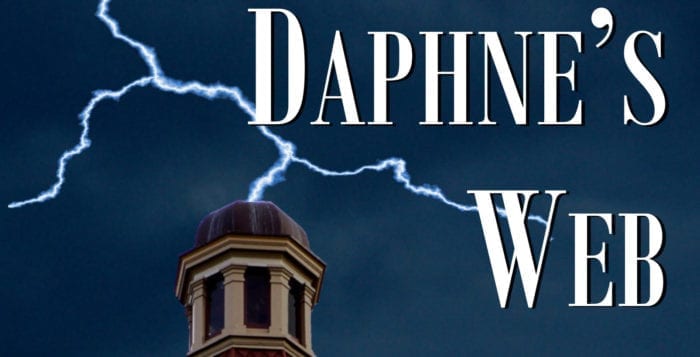

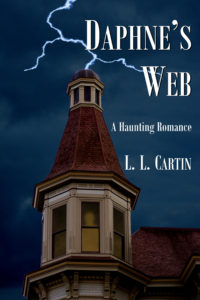 What prompted you to want to write it?
What prompted you to want to write it?

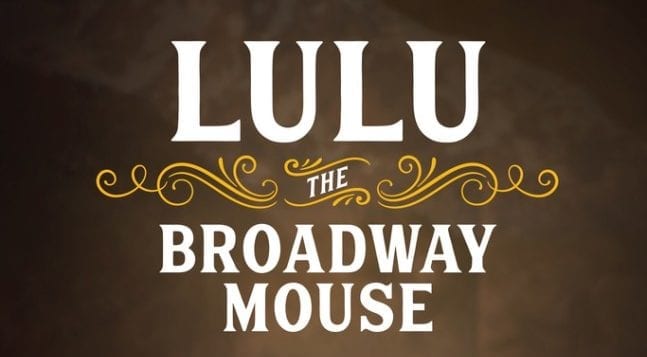

 Lulu’s world is populated with a winning variety of characters including the stage manager, the child wrangler, the dance captain, backstage staff, actors and, of course, the show’s star, the regal-yet-kind Stella James. “What’s important is to remember that it takes a team, a village, a family to put on a Broadway show and take care of the theatre.” Here is the bustle of theater life, the demands of rehearsals and the excitement of performance. And we are appropriately reminded that it is not just the performers but everyone from box office to backstage who make the magic.
Lulu’s world is populated with a winning variety of characters including the stage manager, the child wrangler, the dance captain, backstage staff, actors and, of course, the show’s star, the regal-yet-kind Stella James. “What’s important is to remember that it takes a team, a village, a family to put on a Broadway show and take care of the theatre.” Here is the bustle of theater life, the demands of rehearsals and the excitement of performance. And we are appropriately reminded that it is not just the performers but everyone from box office to backstage who make the magic.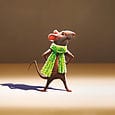 Recommended for middle school readers,
Recommended for middle school readers, 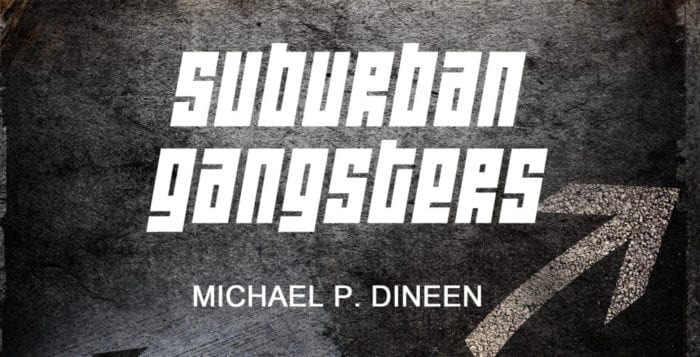
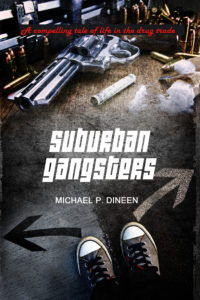
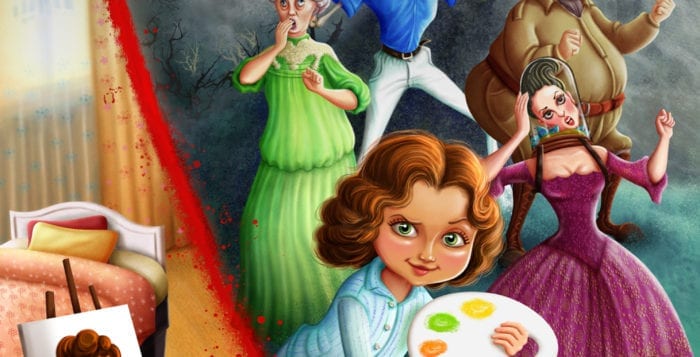

 This story is about a 10-year-old girl who loses her father to a heart attack. She learns that at night, she can travel to the afterlife, so she decides to try to bring him back. But traveling to the afterlife can be very scary and even dangerous. Along the way, she encounters people in the afterlife from a variety of different backgrounds and points in history that support her. I don’t have a dramatic personal story that inspired the book. If you look at a lot of children’s literature, the main character is either alone or has lost one parent, and that sets them off on an adventure.
This story is about a 10-year-old girl who loses her father to a heart attack. She learns that at night, she can travel to the afterlife, so she decides to try to bring him back. But traveling to the afterlife can be very scary and even dangerous. Along the way, she encounters people in the afterlife from a variety of different backgrounds and points in history that support her. I don’t have a dramatic personal story that inspired the book. If you look at a lot of children’s literature, the main character is either alone or has lost one parent, and that sets them off on an adventure.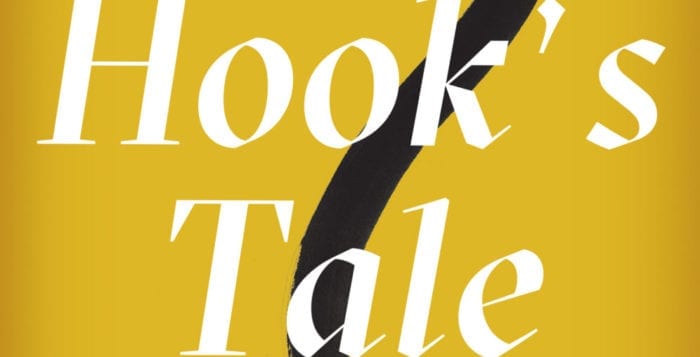
 Taking a famous story and its characters and presenting them from a different perspective is a delicate and difficult task. More often than not, these attempts miss the mark. The exceptions (Gregory Maguire’s “Wicked,” Tom Mula’s “Jacob Marley’s Christmas Carol”) are few. We can joyously welcome to this short list John Leonard Pielmeier’s remarkably entertaining “Hook’s Tale: Being the Account of an Unjustly Villainized Pirate Written by Himself.”
Taking a famous story and its characters and presenting them from a different perspective is a delicate and difficult task. More often than not, these attempts miss the mark. The exceptions (Gregory Maguire’s “Wicked,” Tom Mula’s “Jacob Marley’s Christmas Carol”) are few. We can joyously welcome to this short list John Leonard Pielmeier’s remarkably entertaining “Hook’s Tale: Being the Account of an Unjustly Villainized Pirate Written by Himself.”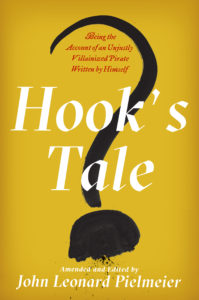

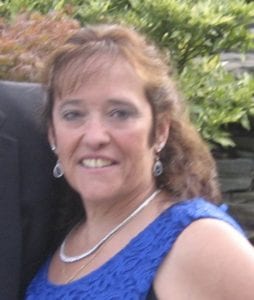
 Why did you choose to write a story from the point of view of a baby ?
Why did you choose to write a story from the point of view of a baby ?


